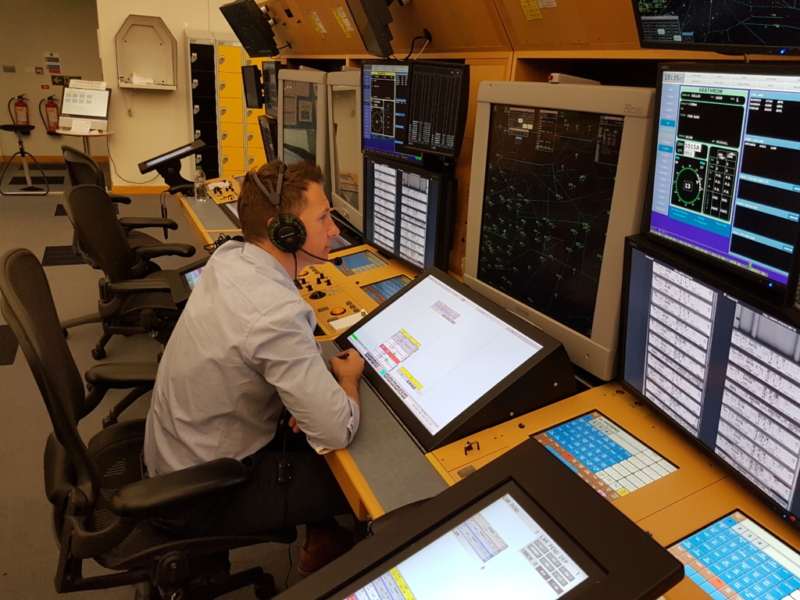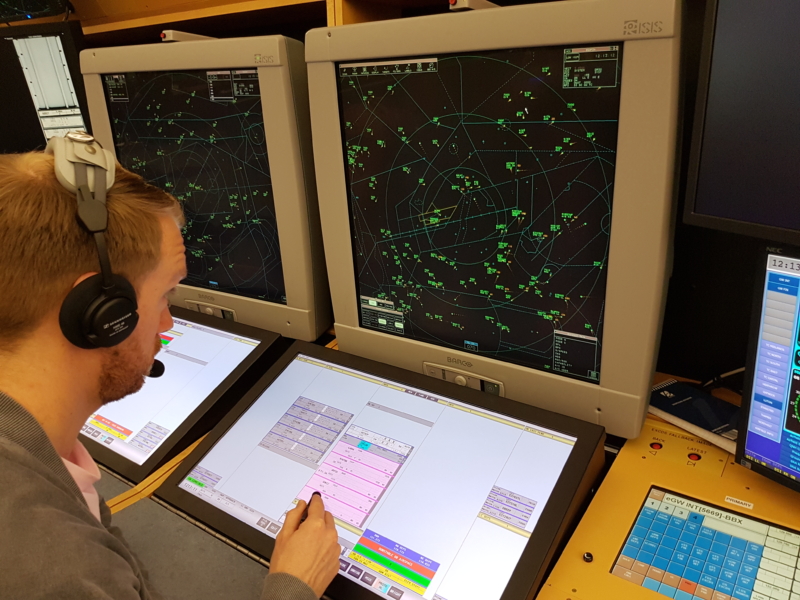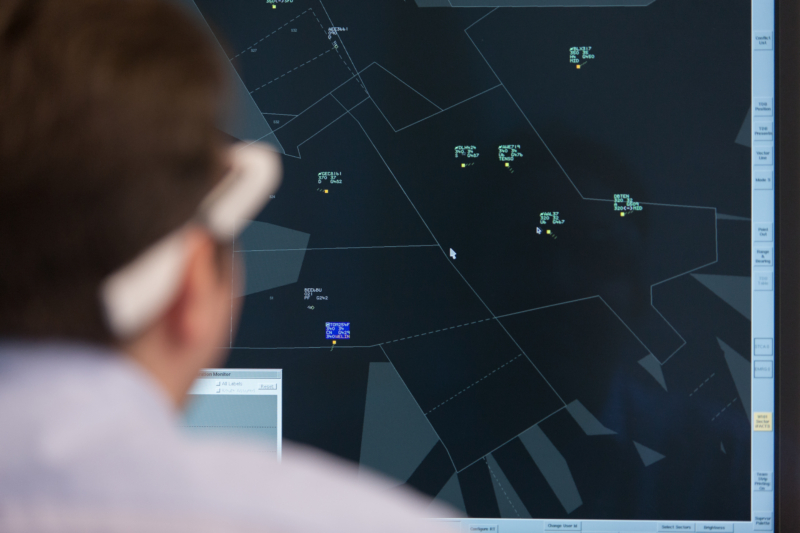Replacing paper strips with digital: the human dimension
28 September 2017Last month my colleague Chris Edwards talked about the transition that’s under way in our London Terminal Control room, where we’re introducing a new digital tool called EXCDS to replace the paper strips currently used by Controllers.
Any change to our air traffic control operation requires careful consideration and rigorous planning, and a significant amount of focus is on how the change will affect the way Controllers work.
Paper strips have been used in air traffic control for many years and moving to a digital environment to meet future needs has to be very carefully managed to ensure Controllers are still able to work quickly and accurately.
After years of training and experience, the way that controllers interact with and manage their paper strips is deeply ingrained in the way they think at a subconscious level, and their fine motor movements. Unpicking this and asking them to do things differently requires careful design, analysis and retraining.
Ensuring that the risk of human error is minimised is one of the key roles of our Human Factors specialists. We ensure that the user interface is designed to minimise the probability of errors occurring (for example mistaps and misreads), as well as ensuring the system is resilient to the occasional mistake. Enabling controllers to work quickly and accurately is how we ensure a safe and efficient service.

One of the main benefits of EXCDS will be the ability to coordinate electronically, reducing the number of phone calls controllers have to make to one another. These phone calls are very time consuming but electronic coordination needs to be carefully designed to ensure the system very clearly reflects a shared understanding of what actions have and have not been agreed that is clear to all Controllers.
A key challenge in this process is standardising coordination procedures throughout the control room. This is one reason why it’s vital that controllers and assistants are involved throughout the design process, so that every conceivable scenario is catered for.
We’re also carrying out extensive testing in simulators, and structured safety assessments to understand how the controllers will apply the tool in real-life scenarios. This gives us the chance to identify any issues that need to be resolved prior to deployment across the operations room, and to ensure the tool is as easy for them to use as possible.
Despite all the planning, training and Controller input, the reality is that it will still take controllers time to get used to this new tool. That’s why, even once it’s live across the operation, we will continue to work closely with the Controllers using it, to understand how they’re finding it on a day-to-day basis and to ensure we do everything we can to make it work for them, so that they can continue to provide an excellent service to our customers in some of the busiest and most complex airspace in the world.
Comments
Please respect our commenting policy and guidelines when posting on this website.




30.09.2017
18:59
Alaister Boyd
Was breaking the ice with a e-strip with natural language writing just like real with no deeper function to aid HMI transition ever considered? This capability would have been possible for quite some time and possibly allow blended changes over time in an agile type philosophy.
23.11.2017
09:40
didier pavet
what happended to the providing of e-stripping system by Frequentis – smartstrip – for EnRoute part of Nerc ? is it yet in operation ? how do you cope with the co-existence of the two systems Excds / Smartstrip on a training human factor point of view ?